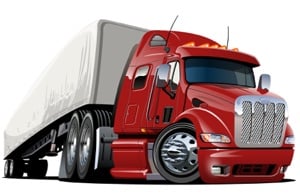 Your truck is your livelihood and the best way to protect it is with the proper truck insurance. By "proper" we mean insurance that covers your specific needs and doesn’t leave any gaps – all at the best price.
Your truck is your livelihood and the best way to protect it is with the proper truck insurance. By "proper" we mean insurance that covers your specific needs and doesn’t leave any gaps – all at the best price.
The best way to do that is to work with an independent insurance agent – like those at American Insuring Group – who specialize in truck insurance and have the freedom to compare coverage and pricing from several different insurance carriers and then present you with options and recommendations.
Knowing the right questions to ask your agent is important because it will help reveal the depth of their knowledge so you can decide if they are right for you.
Here are seven questions to ask your insurance agent to make sure that you get the right coverage at the right price:
How long have you been selling truck insurance?
The risks, costs, and required coverages involved with an 18-wheeler are significantly different than those of a regular car. Having an agent knowledgeable in truck insurance can help ensure that your investment is adequately protected.
How much coverage is right for me?
A minimum of $1,000,000 liability insurance coverage is mandatory for most commercial trucks, but it’s important to remember that trucks can cause a lot more damage than a car. Ask your agent to take you through what-if scenarios and different limit options available to you. Also, ask about the benefits and costs of an umbrella policy, which can protect you in the event of a catastrophic loss.
Do you offer broad form cargo coverage?
Depending on what you are hauling, the standard $100,000 of cargo coverage may leave gaps in your coverage, so your agent should understand the types of cargo you haul and the risks associated with that cargo. Ask your agent if they offer broad form coverage, which protects you against specific risks not covered by basic cargo insurance.
What is my deductible and do you offer a combined deductible?
Increasing your deductibles should lower the cost of your premiums, but it’s essential that you ensure that you have enough available cash to pay that higher deductible if you need to pay it.
You may have coverage on multiple items such as your tractor, your cargo, and another damaged vehicle (the one you hit), but each of them may come with a separate deductible. With a combined deductible – which doesn’t usually cost much more – you only pay one deductible for all lines of coverage or all vehicles in one claim.
What affects the cost of my premiums?
The most common things that affect your premium costs are age, driving record, years of experience, what you’re hauling, the age of your equipment, area of operation, criminal record, and credit score. If you know what factors are affecting your premium, you may be able to take steps to fix that factor before your next renewal or go with a carrier that doesn’t put as much emphasis on a particular risk.
How quickly can you react to my needs?
Ask them how quickly they can get you your certificate of insurance and how quickly they can change your policy. If you haul different cargo from day to day, you need an agent who can quickly update your policy for you. Ask your agent, “How easy is it to reach you, and if you’re out of the office is there someone else who can help me?”
Most (but not all) insurance companies now have 24-hour claims services. Don’t assume anything; ask your agent if it’s available to you.
What discounts are available?
Some discounts are required by law such as for airbags or anti-lock brakes, but there are often other discounts that may not be required or as standard but may apply to you. Potential discounts can include paying in full, packaging, prior insurance savings, and more.
Ask the Truck Insurance Pros at American Insuring Group!
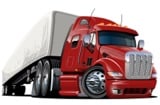 A good truck insurance agent can not only protect your investment but also be a great asset to your business.
A good truck insurance agent can not only protect your investment but also be a great asset to your business.
When you’re ready to purchase your next policy, give the experienced independent agents at American Insuring Group a call at (800) 947-1270 or (610) 775-3848 or contact us online.
We’ll be happy to answer these and all of your questions to help you get the right insurance at the best price!



 According to the
According to the  Give American Insuring Group a call at
Give American Insuring Group a call at  A few weeks ago we began discussing the Occupational Safety and Health Administration’s (OSHA) Fatal Four. These are four safety hazards that account for the majority of all construction worker deaths.
A few weeks ago we began discussing the Occupational Safety and Health Administration’s (OSHA) Fatal Four. These are four safety hazards that account for the majority of all construction worker deaths.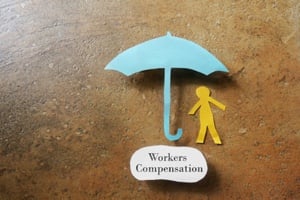 In Pennsylvania, most employers are required by law to have Workers Compensation (WC) insurance. According to
In Pennsylvania, most employers are required by law to have Workers Compensation (WC) insurance. According to 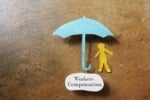 American Insuring Group specializes in Workers’ Compensation insurance, and our independent agents will make sure that you get the best possible price on quality workers comp insurance.
American Insuring Group specializes in Workers’ Compensation insurance, and our independent agents will make sure that you get the best possible price on quality workers comp insurance. As a commercial vehicle driver, you probably travel on unfamiliar roads quite often, and when you’re unfamiliar with the roads, you’re more likely to get lost – an unclear turn, an unexpected accident, bad visibility.
As a commercial vehicle driver, you probably travel on unfamiliar roads quite often, and when you’re unfamiliar with the roads, you’re more likely to get lost – an unclear turn, an unexpected accident, bad visibility. American Insuring Group can help you save even more on your trucking insurance. As independent agents, we’re free to shop the market for you among competing insurance carriers. So give us a call at
American Insuring Group can help you save even more on your trucking insurance. As independent agents, we’re free to shop the market for you among competing insurance carriers. So give us a call at  Every
Every  Workers comp insurance can be more affordable than you think!
Workers comp insurance can be more affordable than you think!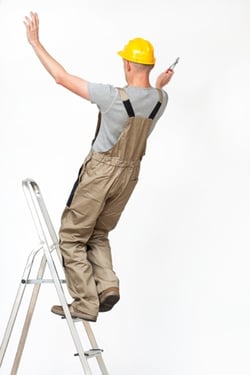 This is the final blog post addressing what OSHA has labeled the “fatal four.” The fatal four are four hazards that are responsible for 63.7% of all construction worker deaths.
This is the final blog post addressing what OSHA has labeled the “fatal four.” The fatal four are four hazards that are responsible for 63.7% of all construction worker deaths. Another way to save on
Another way to save on  Hope for the best, but plan for the worst. This is true in many of life’s endeavors, but perhaps even more so in the food industry. Building a profitable food business doesn’t just happen; it’s a result of a great deal of planning.
Hope for the best, but plan for the worst. This is true in many of life’s endeavors, but perhaps even more so in the food industry. Building a profitable food business doesn’t just happen; it’s a result of a great deal of planning. The best way to determine which insurance protections are best for your restaurant is to find an experienced independent agent who specializes in Restaurant Insurance.
The best way to determine which insurance protections are best for your restaurant is to find an experienced independent agent who specializes in Restaurant Insurance.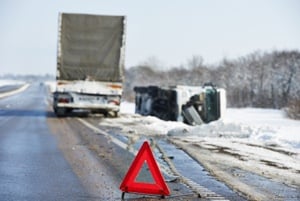 As a business owner, you wear many hats, but let’s face it, you can’t be an expert on every subject. Knowing the right questions to ask someone who is an expert is often key to running a successful business. How to find the best trucker’s liability insurance for your business is a good example.
As a business owner, you wear many hats, but let’s face it, you can’t be an expert on every subject. Knowing the right questions to ask someone who is an expert is often key to running a successful business. How to find the best trucker’s liability insurance for your business is a good example. Another great way to save money on your insurance premiums is to work with an independent insurance agent like American Insuring Group. We will analyze pricing and coverage among many competing insurance carriers to deliver the right coverage at the best price for your particular needs.
Another great way to save money on your insurance premiums is to work with an independent insurance agent like American Insuring Group. We will analyze pricing and coverage among many competing insurance carriers to deliver the right coverage at the best price for your particular needs. 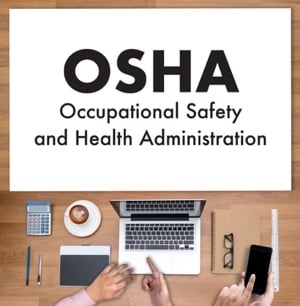 The Occupational Safety and Health Act (OSHA) has a lot of rules and regulations for business owners, and sometimes, those rules and regulations seem like nothing but a nuisance. However, not complying with them, can result in hefty fines.
The Occupational Safety and Health Act (OSHA) has a lot of rules and regulations for business owners, and sometimes, those rules and regulations seem like nothing but a nuisance. However, not complying with them, can result in hefty fines.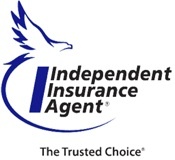 To learn how your business can save on workers compensation and all other commercial insurance costs, call our experienced independent agents at American Insuring Group at
To learn how your business can save on workers compensation and all other commercial insurance costs, call our experienced independent agents at American Insuring Group at 



